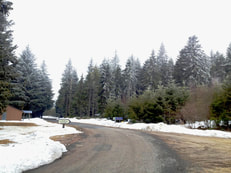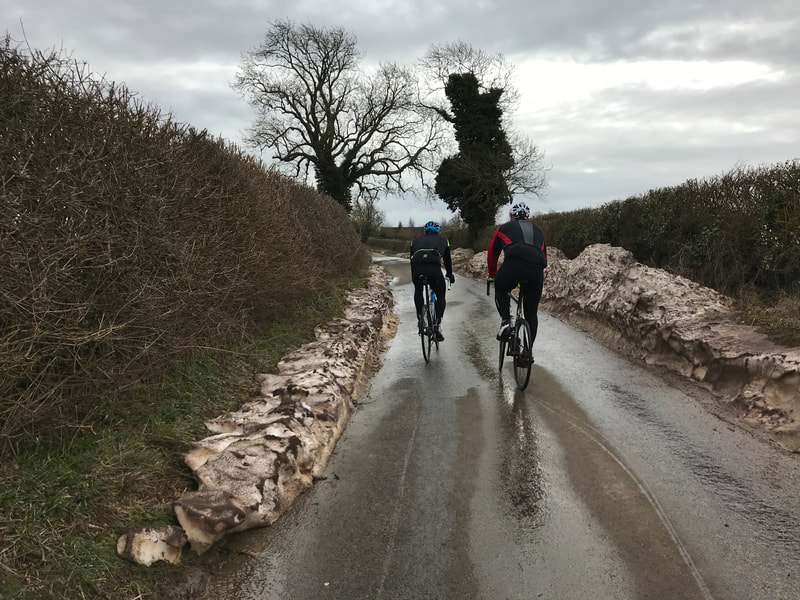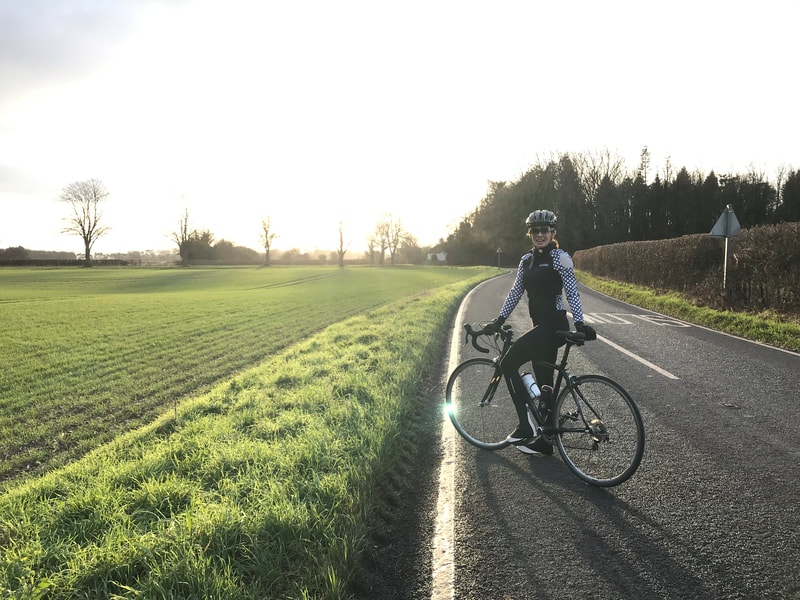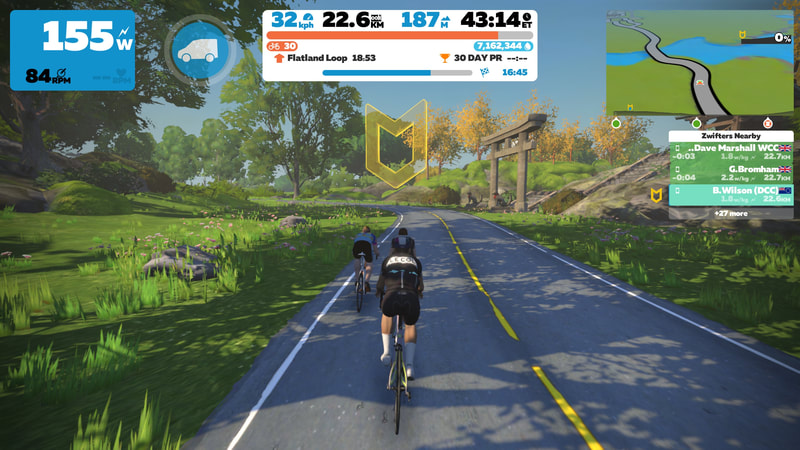
It happens at least once a year but each time it hits us, it comes as a surprise! The days of riding on dry roads with (almost) clear skies are long gone and cycling all of a sudden seems a lot less enjoyable than it should be. Ring any bells?
In the not too distant past, we'd be pulling on thick jackets and ski gloves and woolly hats but still be frozen through at the end of a ride.
Overshoes were bulky and didn't really stop the toes from getting so cold they hurt!
Bike technology has moved on in leaps and bounds recently with electronic gearing and more wheel choices than you can shake a stick at but the biggest development as far as I'm concerned is clothing.
Gone are the days where you'd need a thermal vest, jersey, long sleeve jersey and rain jacket. You can ride in all but the worst winter conditions in an undervest and jacket. A rain jacket that fits easily in a rear pocket will actually keep you dry and not just make you overheat. Gloves that not only keep your fingers warm but also let you brake and change gear and overshoes and socks that keep your toes warm. And best of all, they dry easily overnight.
It's been said countless times that there's no such thing as bad weather, just the wrong clothing and these days that is true.
If you want to get the most out of the winter riding, invest in some quality winter kit, it'll last you for years and really will transform your winter riding.
We choose Le Col kit, it's a British company run by cyclists and the kit is fantastic quality. The Aqua Zero jacket in particular is a winter essential.
Kit aside, there are a few more things you can do to make your winter riding more enjoyable and safer.
Be seen! This isn't just a matter of strapping on lights and wearing reflective clothing. Be aware of the low sun and avoid riding directly towards it. Choose your route with the light conditions in mind - the glare of the low sun can really affect the vision of other road users so don't put yourself in harms way.
Mind the ice. Again, the low sun will mean that icy patches remain present on many roads until late in the morning. Pick the roads you ride on so that you avoid any that have been in the shade all morning when there has been a frost. If you can, leave later than normal so that any ice will have melted. Only major roads seem to be gritted these days so rather than risk busy roads, choose a time where the quieter roads will have had some sun. If in doubt - stay in. It's better to miss a ride due to ice than to miss 6 weeks due to a broken leg.
There's been a big improvement in indoor trainers with on-line riding providing a way to add a social aspect to what was a solitary endeavour in the past. We hold twice weekly zwift rides for anyone to join.
Whatever you do, don't let the bad weather become an excuse not to ride, you can still ride, inside and out and keep enjoying your riding all year round.
In the not too distant past, we'd be pulling on thick jackets and ski gloves and woolly hats but still be frozen through at the end of a ride.
Overshoes were bulky and didn't really stop the toes from getting so cold they hurt!
Bike technology has moved on in leaps and bounds recently with electronic gearing and more wheel choices than you can shake a stick at but the biggest development as far as I'm concerned is clothing.
Gone are the days where you'd need a thermal vest, jersey, long sleeve jersey and rain jacket. You can ride in all but the worst winter conditions in an undervest and jacket. A rain jacket that fits easily in a rear pocket will actually keep you dry and not just make you overheat. Gloves that not only keep your fingers warm but also let you brake and change gear and overshoes and socks that keep your toes warm. And best of all, they dry easily overnight.
It's been said countless times that there's no such thing as bad weather, just the wrong clothing and these days that is true.
If you want to get the most out of the winter riding, invest in some quality winter kit, it'll last you for years and really will transform your winter riding.
We choose Le Col kit, it's a British company run by cyclists and the kit is fantastic quality. The Aqua Zero jacket in particular is a winter essential.
Kit aside, there are a few more things you can do to make your winter riding more enjoyable and safer.
Be seen! This isn't just a matter of strapping on lights and wearing reflective clothing. Be aware of the low sun and avoid riding directly towards it. Choose your route with the light conditions in mind - the glare of the low sun can really affect the vision of other road users so don't put yourself in harms way.
Mind the ice. Again, the low sun will mean that icy patches remain present on many roads until late in the morning. Pick the roads you ride on so that you avoid any that have been in the shade all morning when there has been a frost. If you can, leave later than normal so that any ice will have melted. Only major roads seem to be gritted these days so rather than risk busy roads, choose a time where the quieter roads will have had some sun. If in doubt - stay in. It's better to miss a ride due to ice than to miss 6 weeks due to a broken leg.
There's been a big improvement in indoor trainers with on-line riding providing a way to add a social aspect to what was a solitary endeavour in the past. We hold twice weekly zwift rides for anyone to join.
Whatever you do, don't let the bad weather become an excuse not to ride, you can still ride, inside and out and keep enjoying your riding all year round.








 RSS Feed
RSS Feed
